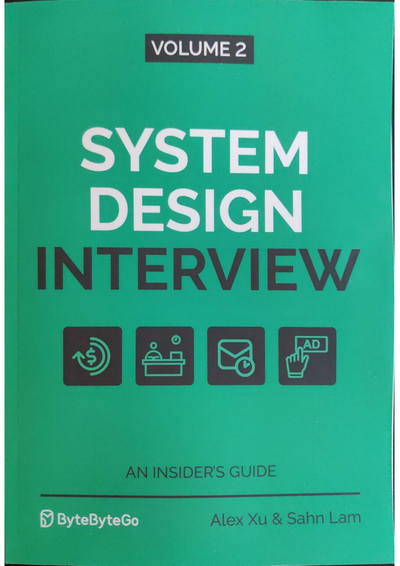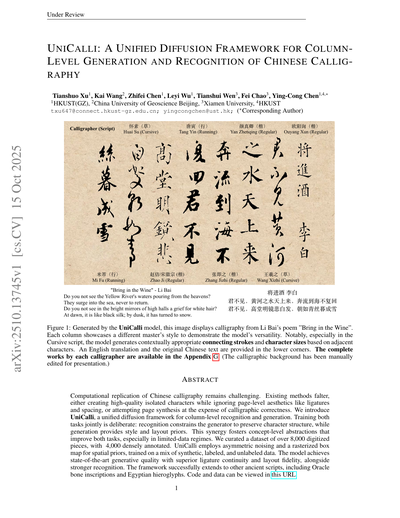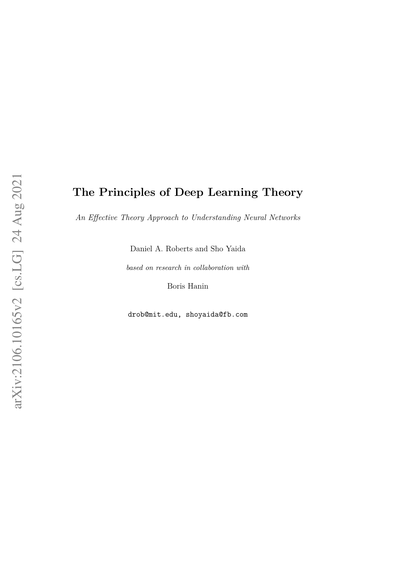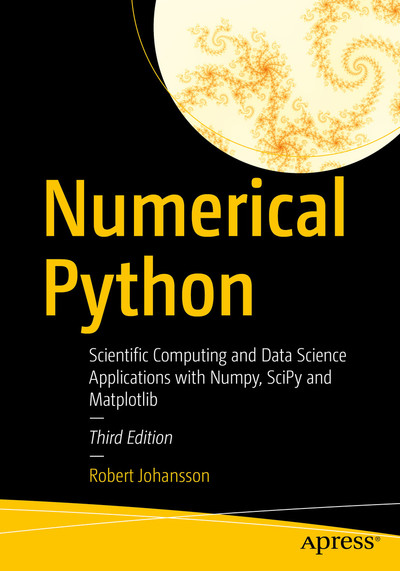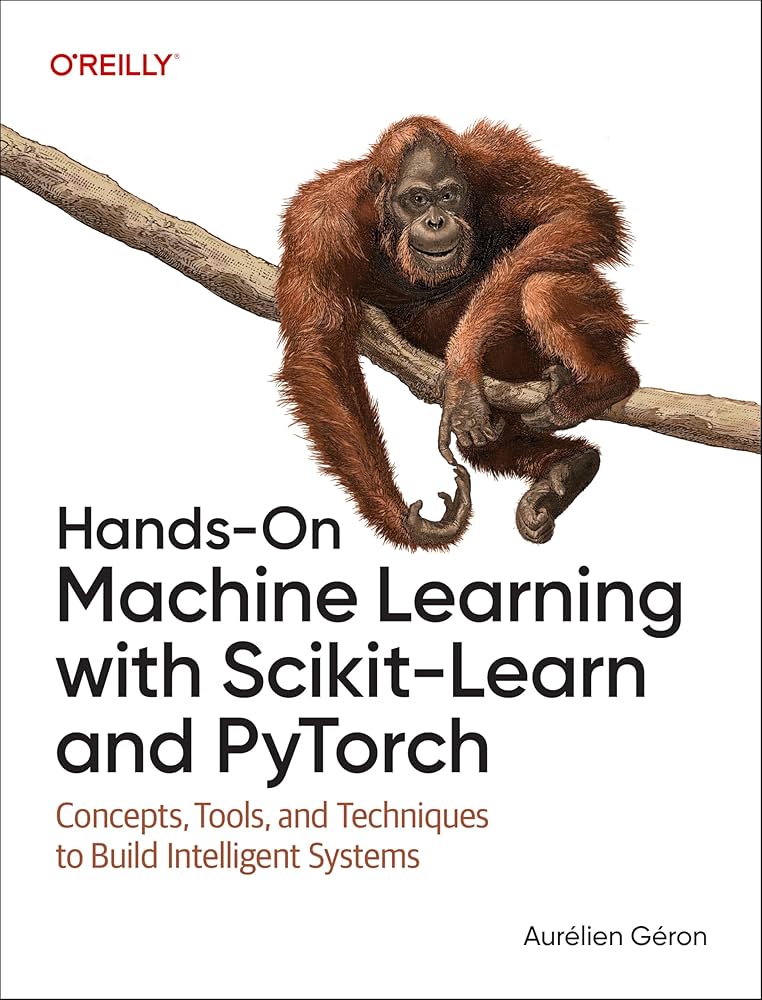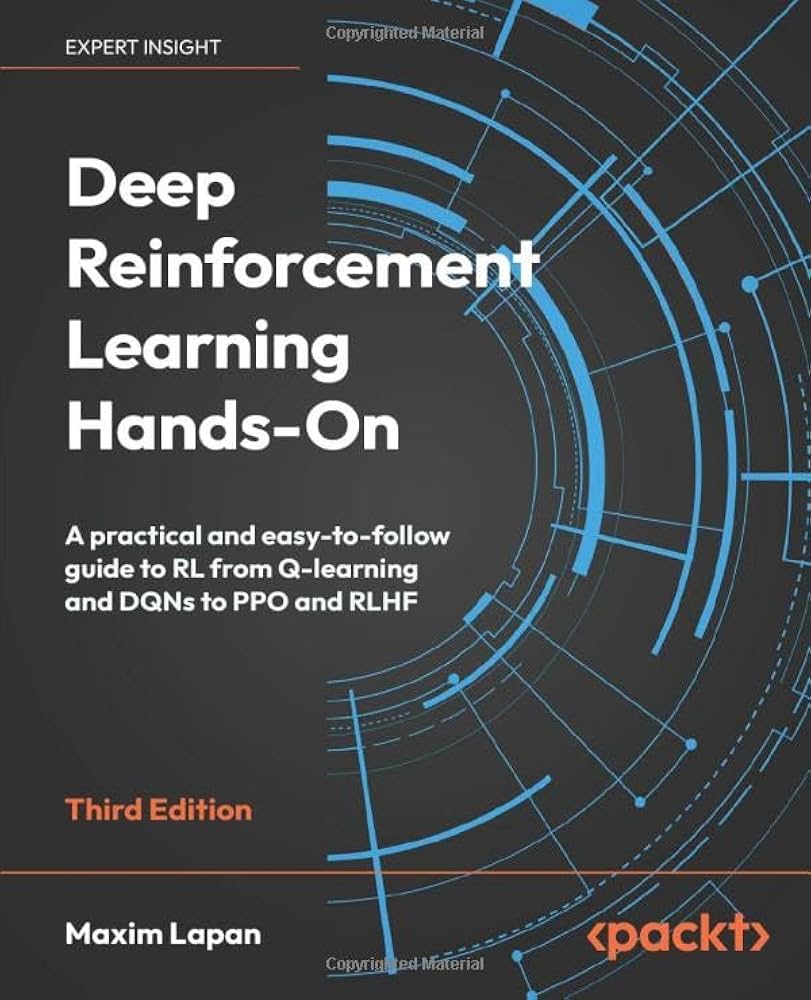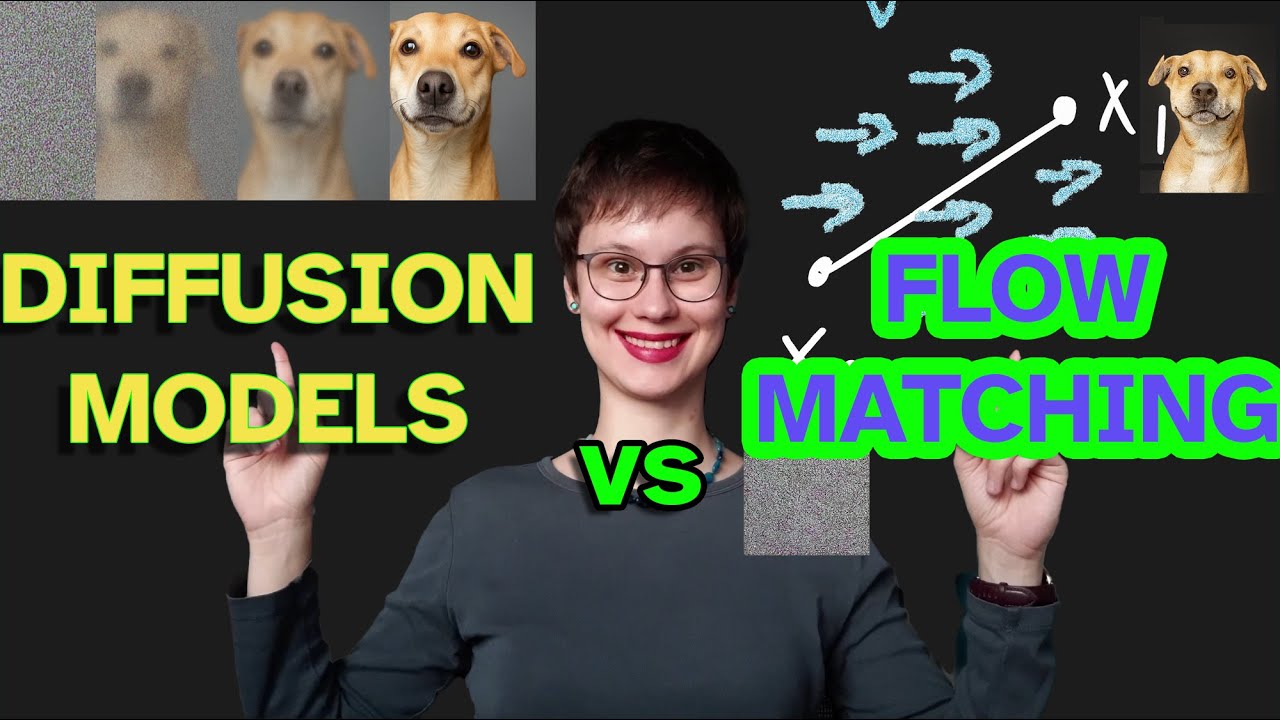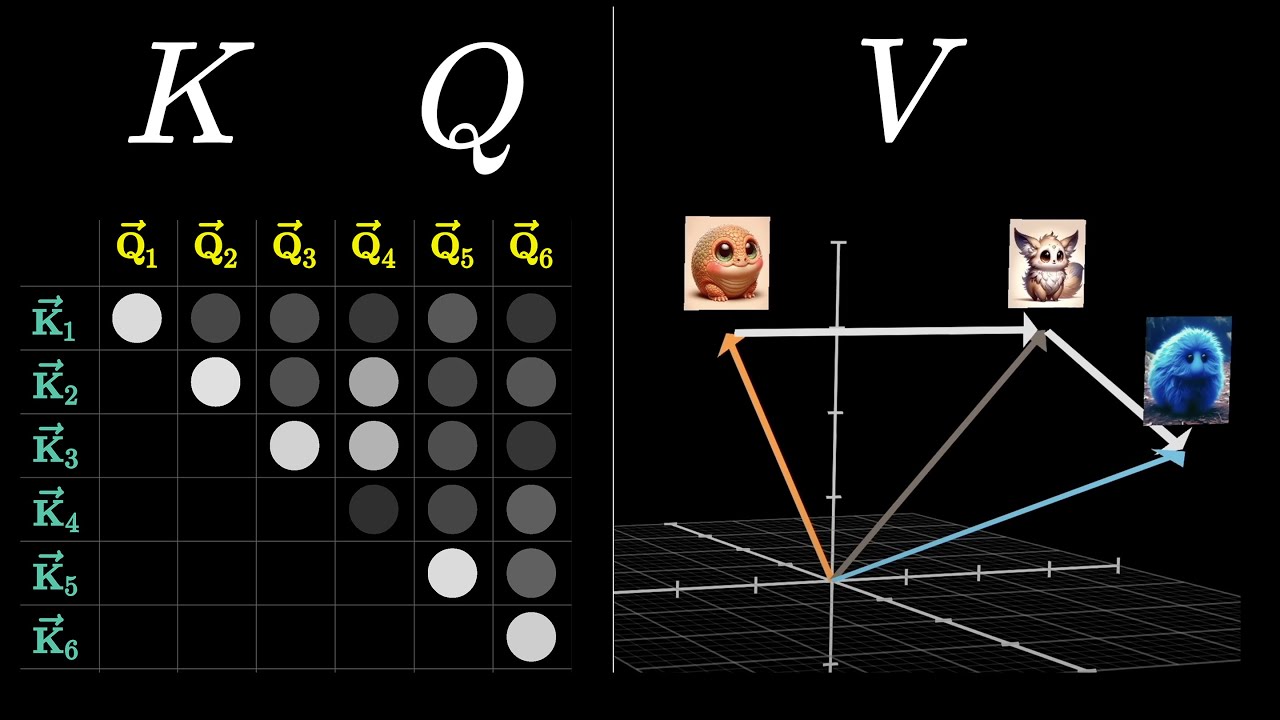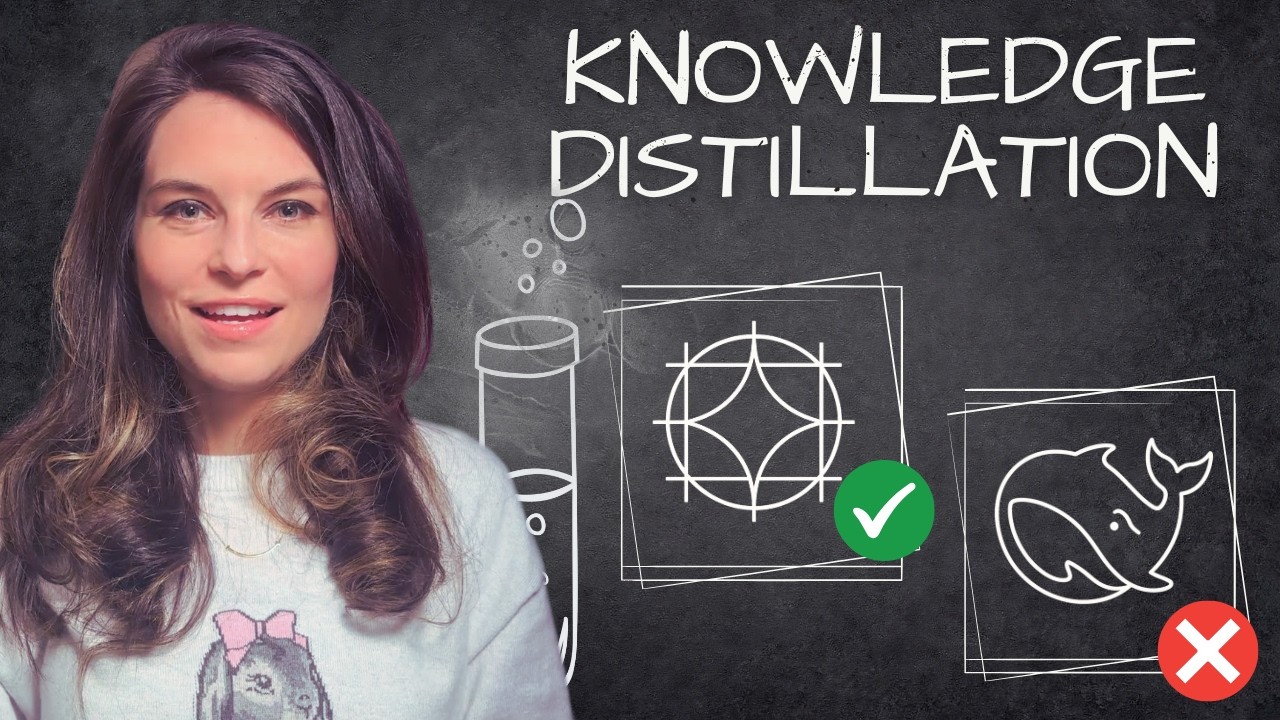
Online Workshop Every Week
Join our free weekly interactive learning sessions.
Master AI/ML with instant feedback and personalized learning
"Cogito, ergo sum" (I think, therefore I am)
— René Descartes

Free Problems
Chapter 1 Proximity Service (SDIIGV)
This problem set covers key concepts from Chapter 1 on Proximity Service design, including geospatial indexing algorithms, system architecture, API design, and scalability considerations for location-based services. The problems test understanding of geohash, quadtree, caching strategies, and trade-offs in proximity service implementation.
32 pts
Medium
95
functional-requirements
proximity-service
system-design
+7
Optimization Algorithms for Deep Learning
This problem set covers optimization algorithms for deep learning, including Stochastic Gradient Descent, Momentum, Nesterov Momentum, AdaGrad, RMSprop, and Adam. These algorithms are crucial for efficiently training neural networks by adapting the learning process to the loss landscape. Understanding their mathematical formulations, advantages, and limitations is essential for effective deep learning practice.
29 pts
Medium
99
stochastic-gradient-descent
batching
computational-efficiency
+7
Part 1 (UUDFCG)
This problem set covers the UniCalli framework for unified diffusion-based Chinese calligraphy generation and recognition. The problems test understanding of the core concepts, architecture, training methodology, and experimental results presented in the chapter. Questions progress from fundamental concepts to advanced analytical applications.
38 pts
Medium
96
unified-framework
mutual-enhancement
core-motivation
+7
Python I/O and Data Pipeline Assessment - Part 5
20 questions focused on advanced PyTorch data pipeline topics: image loaders (PIL vs OpenCV), memmap datasets, samplers, multi-file samples, dataset integrity/error handling, TorchScript-friendly transforms, throughput benchmarking, GPU prefetch patterns, checkpointing sampler state, webdataset/fsspec streaming, backpressure, GIL, asyncio, dataset structuring, and small ETL tasks. Numpy version: 2.3; PyTorch version: 2.8; Pandas: 2.3
20 pts
Medium
103
PIL.Image
cv2
image-io
+7
Python I/O and Data Pipeline Assessment - Part 3
20 questions focused on encoding detection, CSV robustness, columnar formats (Parquet/Feather/Arrow), JSON ingestion/validation, caching and checksum integrity, range requests, and efficient concatenation without dtype surprises. You can assume python libraries are imperted and `np` is `numpy` and `pd` is `pandas`.
20 pts
Medium
99
chardet
charset_normalizer
encoding-detection
+7
Python I/O and Data Pipeline Assessment - Part 2
20 questions focused on CSV/JSON handling, compression and archives, memory mapping, in-memory file objects, robust downloads, and safe file writes/locking.
59 pts
Medium
96
csv.reader
csv
newline-handling
+7
Premium Problems
Knowledge Graphs
USA AI Olympiad
Explore competitive programming and AI contest preparation concepts
Grade 5 Math
Discover elementary mathematics concepts and learning paths
Featured PDFs
View All PDFsSystem Design Interview: An Insider's Guide Volume 2
116 questions
348 pts
System Design Interview: An Insider's Guide
108 questions
317 pts
UNICALLI: A UNIFIED DIFFUSION FRAMEWORK FOR COLUMN-LEVEL GENERATION AND RECOGNITION OF CHINESE CALLIGRAPHY
10 questions
38 pts
The Principles of Deep Learning Theory
107 questions
418 pts
Featured Books
View All BooksAcing the System Design Interview
153 questions
456 pts
Numerical Python: Scientific Computing and Data Science Applications with Numpy, SciPy and Matplotlib
190 questions
543 pts
Hands-On Machine Learning with Scikit-Learn and PyTorch
200 questions
554 pts
Deep Reinforcement Learning Hands-On - Third Edition
222 questions
720 pts
Featured Videos
View All VideosFlow-Matching vs Diffusion Models explained side by side
10 questions
29 pts
Attention in transformers, step-by-step | Deep Learning Chapter 6
10 questions
30 pts
Knowledge Distillation: How LLMs train each other
10 questions
27 pts
Diffusion Model
10 questions
32 pts
Popular Topics
machine learning
56
deep learning
40
neural networks
35
reinforcement learning
33
system-design
28
grade5
27
optimization
14
large language models
13
attention mechanisms
13
combinatorics
13
system-architecture
13
natural language processing
12
aime problems
12
Number Sense
12
scalability
11
beginner
10
number theory
10
performance
10
transformers
9
capacity-planning
9
Click on any tag to filter problems by that topic
